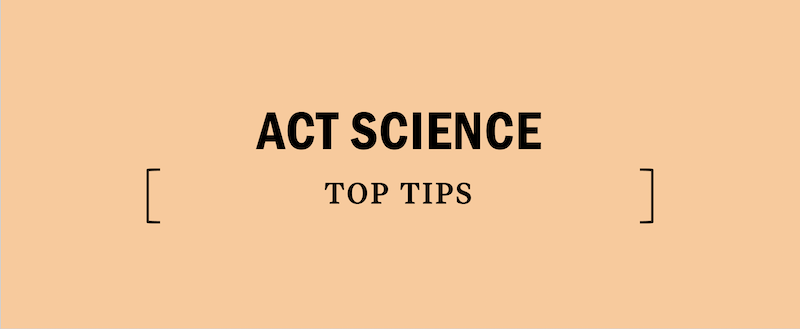10 Must-Know ACT Science Tips
The ACT Science Test can be a lot more manageable than you think (after all, it’s basically an open book test, just like the Reading Test!). Even if your knowledge of Science is limited, you can still get better scores through discipline and hard work.
On Test Day, the ACT Science Test will always be the fourth test you’ll take. It will have 6-7 passages with 5-8 questions each; you’ll have 35 minutes to complete them.
[ GOOD TO KNOW: Top 10 Tips for ACT English • Top 10 Tips for ACT Math • Top 10 Tips for ACT Reading ]

